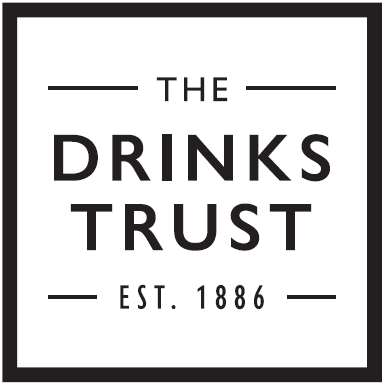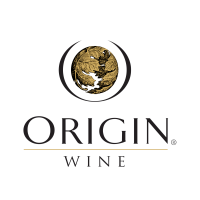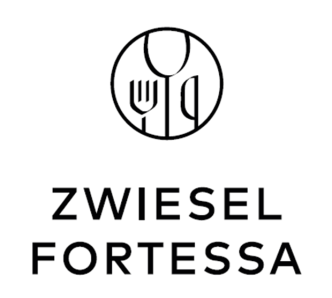From record-breaking heatwaves and raging wildfires to some of the earliest harvest dates on record, 2025 has underlined just how profoundly climate change is reshaping both the geography and the character of wine. Producers are responding with ingenuity, experimenting with drought-resilient varieties, reimagining vineyard practices, and challenging the norms of traditional winemaking. However, as historic regions feel the strain, new opportunities are unfolding in cooler, previously overlooked landscapes. In an era of uncertainty, one thing is clear: invention and adaptation are no longer choices, but necessities.
The Heat Is On
Across the world's vineyards, rising temperatures and extreme weather are compressing the growing season to an unprecedented degree. A global study published in May by researchers at the University of British Columbia, INRAE and Institut Agro found that wine-growing regions have warmed by the equivalent of nearly 100 extra growing degree days over the past 70 years.
"Europe is feeling the biggest impact, with parts of the continent heating up by as much as 2.5 °C since 1980," said Dr Elizabeth Wolkovich, senior author of the study. "That kind of change can affect harvest times, grape ripening, and thus the taste of the wine." The implications are stark: vines that once ripened comfortably now risk overripeness, sunburn, or acid loss due to an increasingly hostile environment.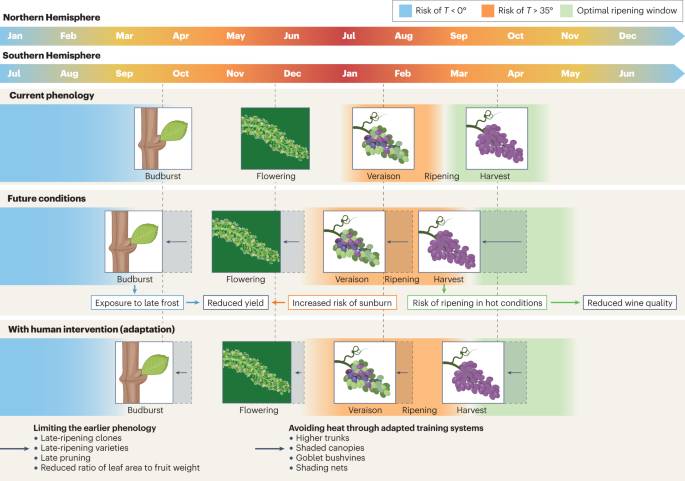
Challenging Terroir
Established wine regions such as Bordeaux, Napa Valley, and Tuscany, are already feeling the strain. From earlier budbursts and harvests to the search for cooler exposures and higher altitudes, combating the effects of climate change has become a perennial topic of conversation.
Bordeaux, in particular, exemplifies this new reality. The 2025 vintage began under acute water stress, with a 73% rainfall deficit recorded in March according to a press release from Château Lafleur. By late summer, heat had reshaped the vineyard calendar: in Saint-Émilion, Château Troplong Mondot confirmed its earliest harvest on record on 28 August. Accelerated ripening causes sugars to rise and acids fall before tannins and aromatic compounds fully mature, narrowing the window for balance and raising the question of whether Bordeaux's style can endure progressively earlier harvests.
It was against this backdrop that Château Lafleur, in late August, announced its withdrawal from both the Pomerol and Bordeaux appellations, and from the 2025 vintage onward, its wines will be labelled Vin de France. Owned by the Guinaudeau family since 1985, Lafleur issued a statement criticising AOC rules on irrigation, canopy and soil management, and vine density; restrictions they consider counterproductive to climate resilience. The estate's decision reflects a belief shared by a number of domaines, that Bordeaux's environment is evolving faster than the appellation's ability to adapt.
Elsewhere, warmer and longer growing seasons are transforming cooler regions into increasingly important zones for viticulture. Northern Europe, including the UK and parts of Scandinavia, is gaining momentum as the traditional 30°– 50° latitude belt for viticulture expands. In England, Nyetimber described the 2025 season as "estimated to be on par with 2018 – an exceptional year – the winemaking team are filled with hope and the prospect of a top-quality vintage." Further north, Denmark now boasts around 90 certified vineyards (up from just eight in 2000), according to the Danish Wine Association, Dansk Vin, while Sweden has expanded from only two commercial vineyards 15 years ago to approximately 40 today.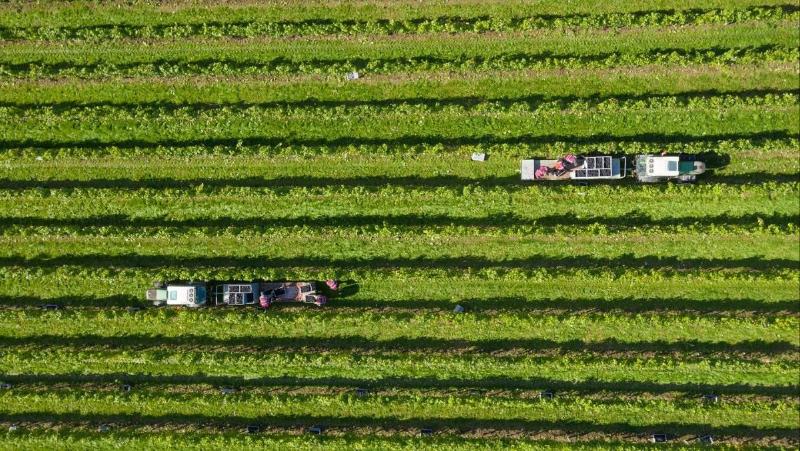
Extreme Weather: Fire, Drought, Smoke
If global warming is reshaping the wine map, extreme weather threatens to erase sections of it in a matter of hours.
In August, southern France endured one of its worst wildfire seasons in living memory. The Aude department in the Corbières saw its largest blaze since 1949, burning through vineyards and neighbouring villages. Baptiste Cabal, of the cooperative Cellier des Demoiselles, reported "catastrophic" losses, with half of his members' vines left damaged or destroyed.
The crisis extended into north-west Spain, as wildfires in Galicia burned more than 90,000 hectares during a fortnight of searing heat, drought, and strong winds. While some vineyards escaped the flames, the threat of smoke taint (when smoke from wildfires contaminates developing grapevines, resulting in harsh, ashy flavours in the finished wine) hung heavily over the harvest.
Across the Atlantic in California's Napa Valley, viticultural advisers are working with growers to safeguard against future fires and droughts. Christopher Chen of the University of California's Cooperative Extension describes his research as focused on "helping vineyards adapt to environmental shifts," from testing drought-tolerant rootstocks to refining soil and canopy management practices. For fire-prone regions like Mendocino and Sonoma counties, the priority is twofold: primary defences such as firebreaks and buffer zones, along with long-term prevention and protection strategies built on soil health and efficient water management.
Rules Versus Resilience
All of this raises a pressing question: in a warming world, can traditional appellations and regulations keep pace? More and more, producers are calling for greater flexibility, whether that means irrigation in times of drought, a wider range of authorised grape varieties, or permission to expand into higher, cooler sites. The decision by Lafleur to leave the Pomerol AOC is a stark reminder that when rules lag behind reality, even the most established estates may choose to step outside them.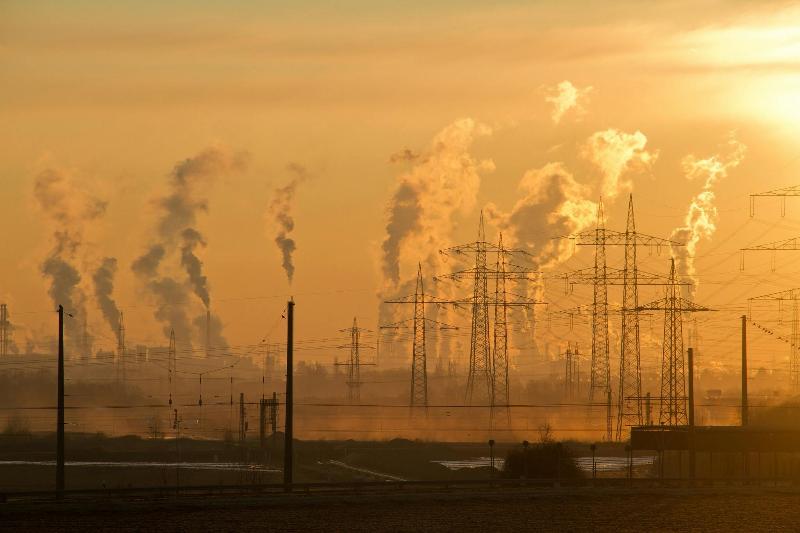
Policymakers are beginning to take note. Across Europe, national and regional wine bodies are debating how climate adaptation should be built into the CAP (Common Agricultural Policy). In May 2025, the European Commission proposed reforms to the wine sector, promising enhanced climate funding with up to an 80% increase in EU support for measures, such as new agronomic techniques and efficient irrigation, alongside greater flexibility in vineyard authorisations and extended assistance to help wineries survive.
From here on, the wines we taste will reflect not only the terroir and weather, but also the ingenuity of producers responding in real time.

Weathering the Storm: How Climate Change is Reshaping the Wine Industry in 2025
From Bordeaux to Denmark, the wine world is being forced to adapt as climate change accelerates. Sustainability journalist Gemma Hadley reveals how resilience and tradition are colliding in 2025.
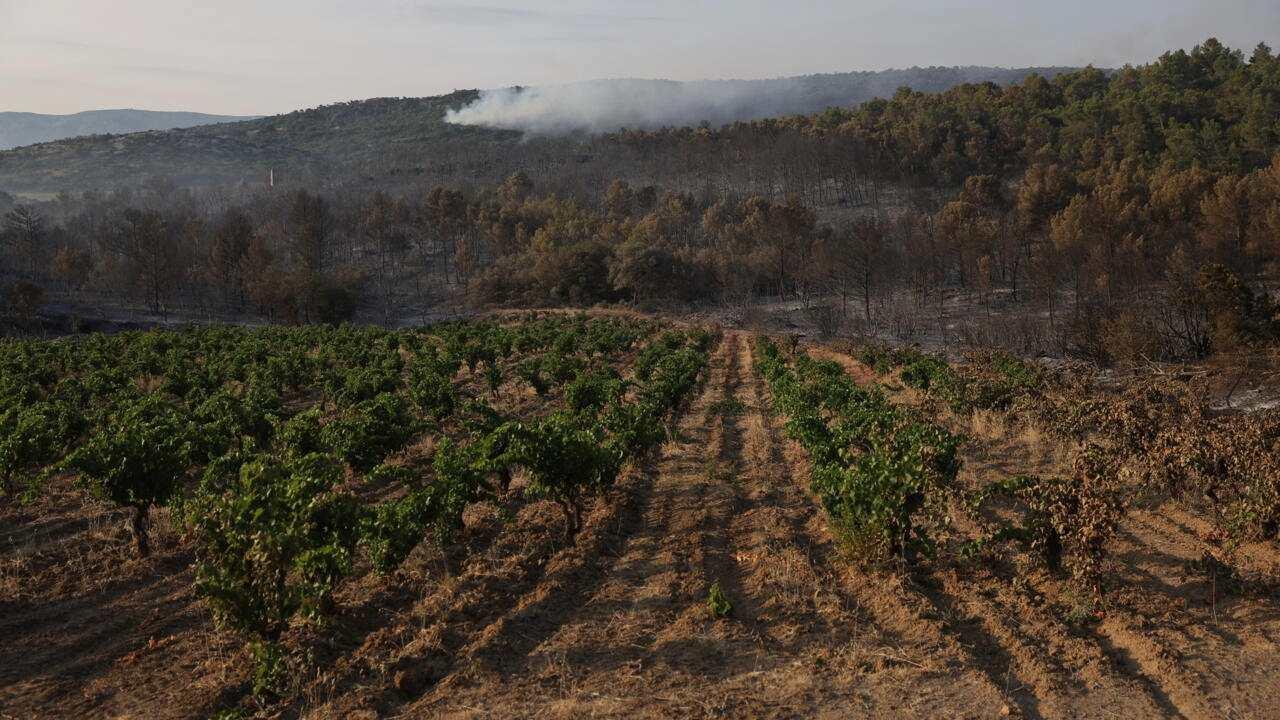
Climate change is a global phenomenon

 English
English French
French



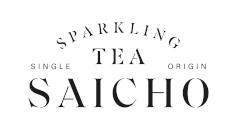




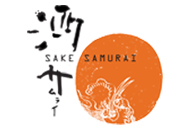
.png)

